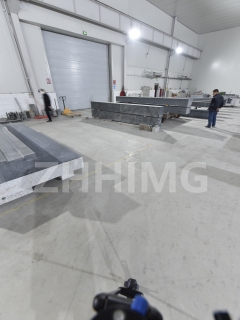Advantages of Precision Ceramic Components in Various Fields
Precision ceramic components have gained significant traction across various industries due to their unique properties and advantages. These materials, known for their durability, thermal stability, and resistance to wear, are increasingly being utilized in fields such as aerospace, electronics, medical devices, and automotive engineering.
One of the primary advantages of precision ceramic components is their exceptional hardness and wear resistance. This makes them ideal for applications that require long-lasting performance under harsh conditions. For instance, in the aerospace industry, ceramic components are used in turbine engines and other critical parts, where they can withstand extreme temperatures and pressures without degrading.
In the electronics sector, precision ceramics play a crucial role in the production of capacitors, insulators, and substrates. Their excellent electrical insulating properties ensure reliable performance in high-frequency applications, making them indispensable in modern electronic devices. Additionally, ceramics can be engineered to have specific dielectric properties, enhancing the efficiency of electronic components.
The medical field also benefits from precision ceramic components, particularly in the manufacturing of implants and prosthetics. Bioceramics, which are designed to be biocompatible, are used in dental implants and orthopedic devices, providing strength and durability while minimizing the risk of rejection by the body. Their smooth surfaces also reduce friction, promoting better integration with biological tissues.
In the automotive industry, precision ceramics are increasingly used in components such as brake pads and engine parts. Their ability to withstand high temperatures and resist wear contributes to improved performance and longevity of vehicles, ultimately leading to enhanced safety and reduced maintenance costs.
In summary, the advantages of precision ceramic components span multiple fields, offering solutions that enhance performance, durability, and efficiency. As technology continues to advance, the demand for these materials is likely to grow, paving the way for innovative applications and improved products across various industries.
Post time: Oct-30-2024

